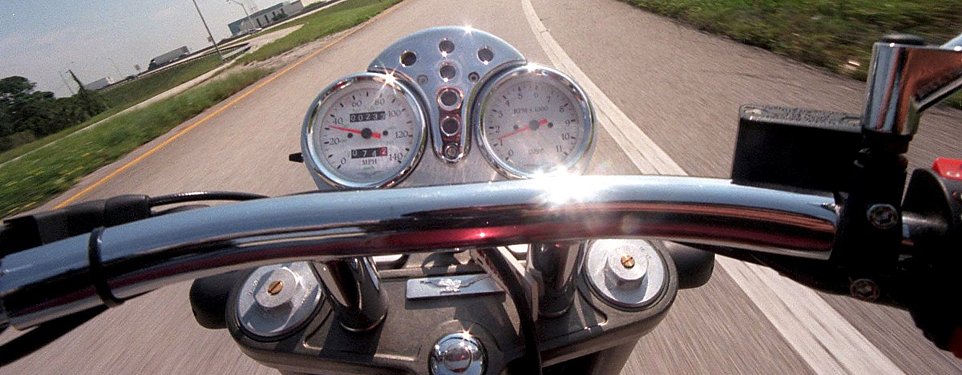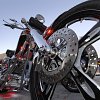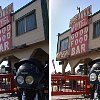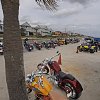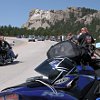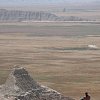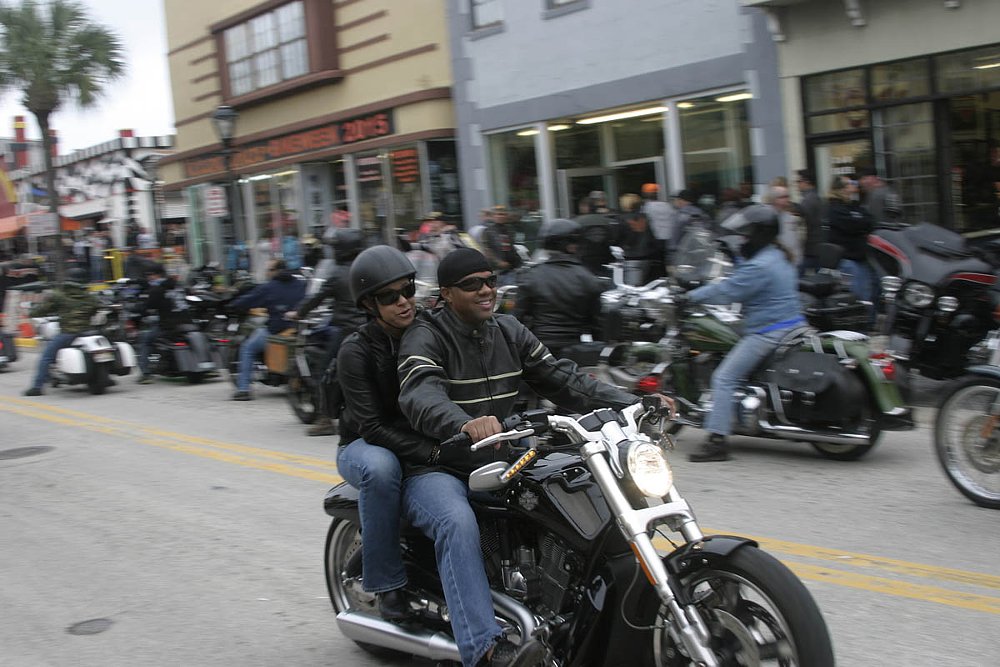If you’re here, you love motorcycling and you probably take motorcycle vacations where you take numerous photos. But maybe your photos never quite look like what you remember. As a photo veteran of more than 30 years, I feel your pain.
So, let me give you some helpful tips that’ll make those pix shine, and save your family and friends from another scintillating night of vacation photos from hell.

Keep the camera handy
Cellphones are great in this respect, as they’re usually attached to your hip. Unfortunately, they also have their limitations, which you’ll quickly discover as you read on. For great pix, I have to recommend a dedicated camera that has a pretty good zoom lens. Try to pack it in an easily accessible place. If it’s buried underneath all the souvenirs you bought, your rain gear, and a quart of oil, you’re more apt to just skip it.

Where’s the light?
Light is everything to your photographs, so make the best of it. Most amateurs have heard about keeping the sun behind you to avoid a dark shadow covering your subject. That’s a good basic rule, but I like to see more side lighting. This gives your subject some dimension and shape, as opposed to the flat lighting from a straight-on light source, like you get when you use the flash at night.

About the flash... don’t hesitate to use it during the day. It’ll fill in those dark shadows a bit and give your subject a nice studio feel.
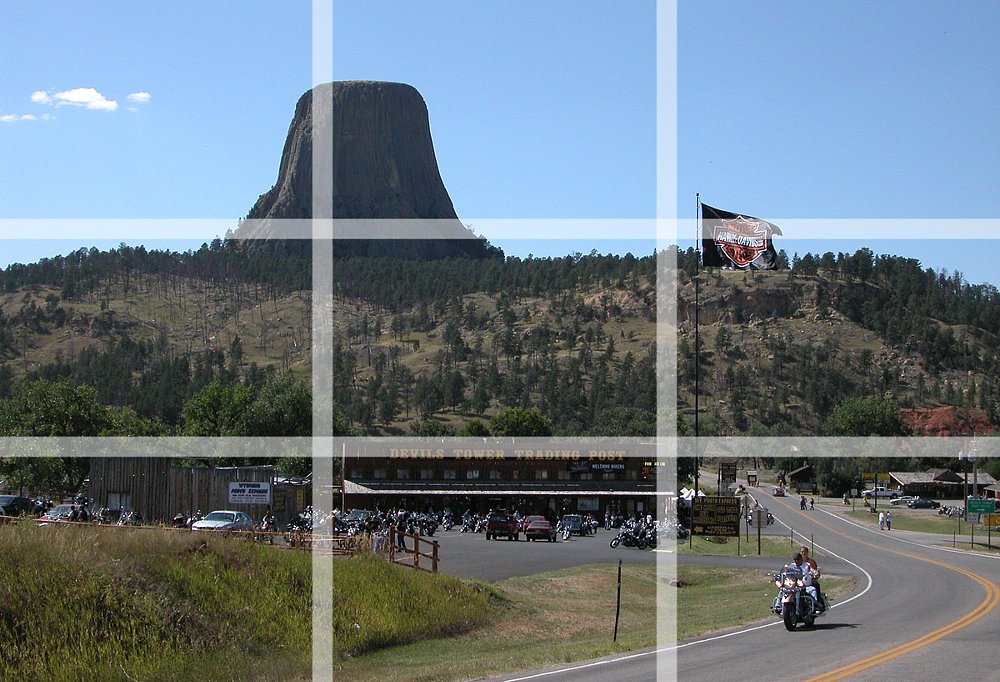
Play tic-tac-toe
Amateurs tend to center the bike in the frame and fire. This gives the dreaded static shot. In other words, boring. Photographers incorporate a system called the "rule of thirds." Try to see the viewfinder as a tic-tac-toe grid and place your subject on one of those lines to give the shot some energy. If you’re shooting the horizon, for example, put it on either the top or bottom grid line. Avoid bisecting your photo in the middle.

Where’s your eye?

Or, get high. No, not that. I mean find a way to get the camera above the heads of people. Often, I just hold my camera at arm’s length above my head to get a better picture. If your bike has a full stand, use it and stand on the pegs.
Zoom
Even the cheapest camera has some ability to go from wide angle to telephoto. Use the zoom to help compose your shot. A wide angle gives you the ability to include more into one shot and to keep it all in focus. This is my go-to lens when I’m working. I like to put something in the foreground and have another subject in the background, so your eye keeps wandering around the image.
Along these lines, consider incorporating only a piece of your bike in the frame. Yes, I know you love your bike, but we don’t really need to see a fender-to-fender shot in every picture, especially when the Golden Gate Bridge is the real subject. Think about a shot over the handlebars that will give the Golden Gate a rider’s point of view.

The telephoto performs an interesting effect by compressing everything in the frame, so things far away and near will look closer together. Also, try selective focusing so your subject is the only thing sharp in the image. To accomplish this you’ll need to have some control over your focus, shutter speed and aperture. If you’re happy with point-and-shoot and this is just too much fiddling for you, just remember that if you’re really zoomed in on your subject, everything else should blur out. Or, if you’re following a moving subject, more than likely your subject will be sharp while the background will motion blur.
Look out!
Before taking the snap, don't just look at your subject. Take a look at what’s behind it, too. Maybe there's a palm tree that’s going to give your girlfriend a Carmen Miranda hat (you youngsters, Google it). If that’s the effect you want, go for it. But consider what’s going on in the background. Things you don't notice in the viewfinder can be an image-ruining distraction in the photo.
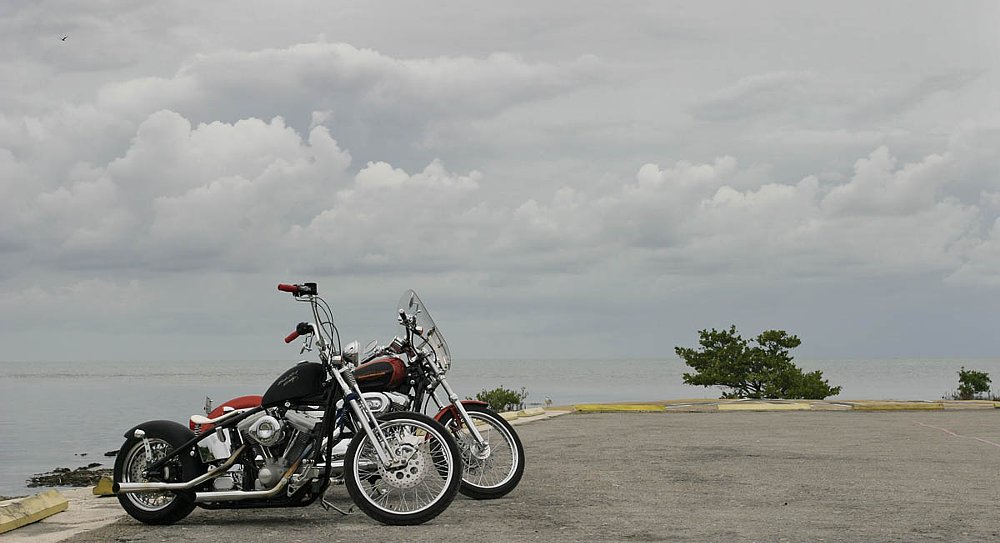
Have fun shooting, but be choosy when editing
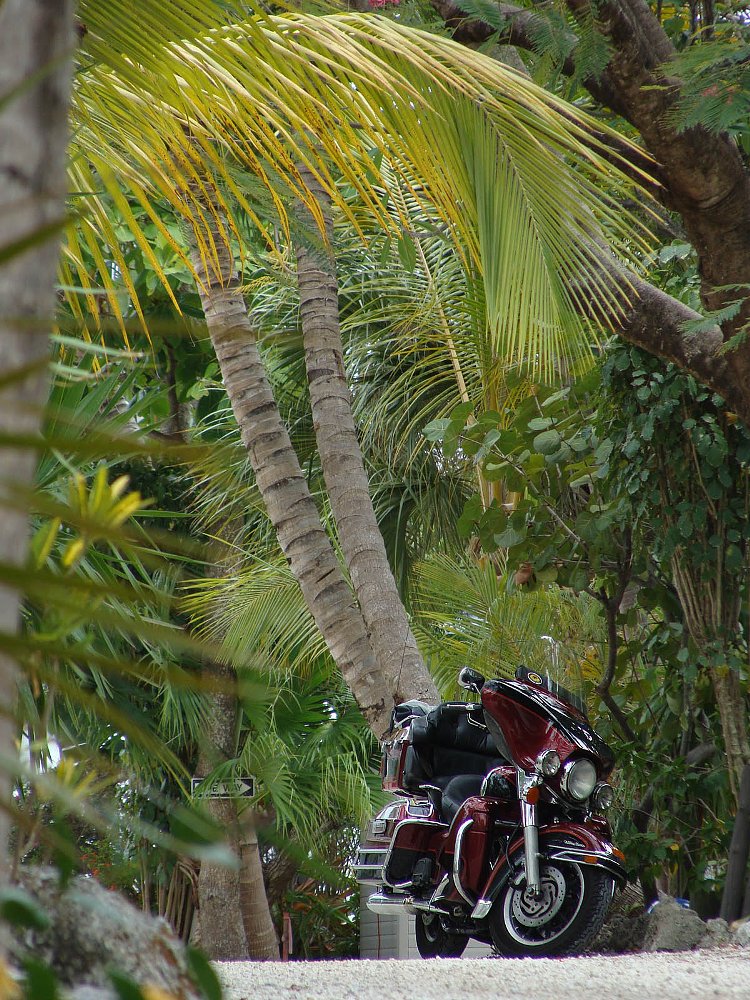
An amateur tends to show everything while a pro will show only the best shots. Ruthlessly eliminate all those blurry shots or ideas that didn’t work out. If you show only the good stuff, everybody will think you’re a photo genius, and they’ll stop running away when you get back from vacation.
And one final bonus tip: Consider fewer selfies. Yeah, it’s kind of fun to place your head with the others at Mount Rushmore, but if every picture you're sharing has your face in it… well, it gets kind of boring. Sorry.




